Neil Young was among the lucky musicians who got to walk onto the hallowed stage of the Woodstock Music and Art Fair in August 1969, but you would never know it watching the 1970 documentary Woodstock. Even when Young’s band, Crosby, Stills, Nash, & Young, took the stage, filmmakers edited the MC’s announcement to take out Young’s name, leaving a blip in the audio.
Videos by American Songwriter
It’s not that Young wasn’t deserving of inclusion in the documentary. He, as much as anyone else on the stage, had helped create and define the sound of the 1960s. The decision not to be in the Woodstock film was Young’s and Young’s alone, complete with the kind of colorful language and hilarious hot takes we’ve come to expect from the headstrong singer-songwriter.
Neil Young Hated the Fact That a Camera Crew Was on Stage
For those of us who weren’t lucky enough to be on Max Yasgur’s farm in upstate New York that fateful August weekend in 1969, film footage from the Woodstock Music and Art Fair is the closest thing we’ll ever get to experiencing this historical musical moment that featured artists like Neil Young, Janis Joplin, Jimi Hendrix, Jefferson Airplane, and many, many more. Just like someone had to be on stage to play the music, someone also had to be on stage to film it…much to the chagrin of Neil Young, who was performing at the festival with CSNY.
“I didn’t like the f***ing cameras,” Young said in a 2019 interview. “They didn’t have to be right there. That was stupid. They didn’t have to be on the stage. They’re cameras. Hello? Use your zoom, d***head. We’re playing music, and there’s this jerk standing there with some other guy following him around, wearing black clothes like you couldn’t see them.”
Young’s refusal to let the camera crew film him meant that he wasn’t in the 1970 documentary film, Woodstock. He didn’t mind. “I love that movie,” he said sarcastically, mentioning the jump in audio from the filmmakers cutting out the MC’s mention of Young’s name. Footage from the CSNY set included close-ups of David Crosby, Stephen Stills, and Graham Nash.
The Singer-Songwriter Thought It Went Against the Festival Ethos
The Woodstock Music and Art Fair was significant in size, certainly. But the three-day event was also monumental in that it seemed to be one of the largest displays of the public’s dedication to the interconnectedness of those who make art and those who consume it. For Neil Young, having a camera crew on-stage at Woodstock literally and figuratively got in the way of the festival’s true purpose: to connect musicians to their audiences and vice versa.
“That was a turning point,” Young later recalled. “Music was becoming media, and music was turning into an industry instead of a direct communication between musicians and the audience. In my view, cameras had no place on stage. They could film from far away, and it wouldn’t bother me at all.”
Maybe the sheer nature of archiving that once-in-a-lifetime Woodstock footage played a small role in Neil Young’s disdain, too. “I try not to look back,” he said in that same interview. “I’m looking forward. I’m worried more about what I’m going to do next week than I am what I did last week. There are too many things to do. Looking back is for everybody else.”
Photo by Robert Altman/Michael Ochs Archives/Getty Images


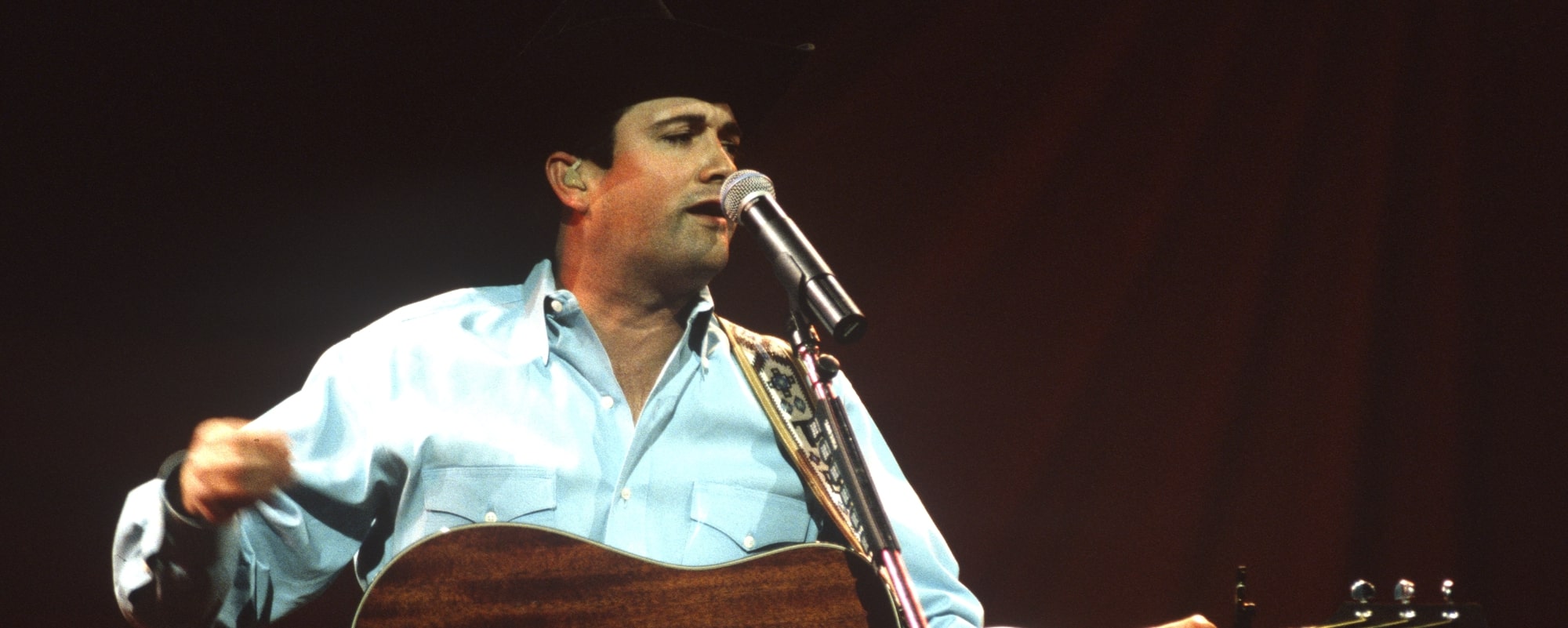
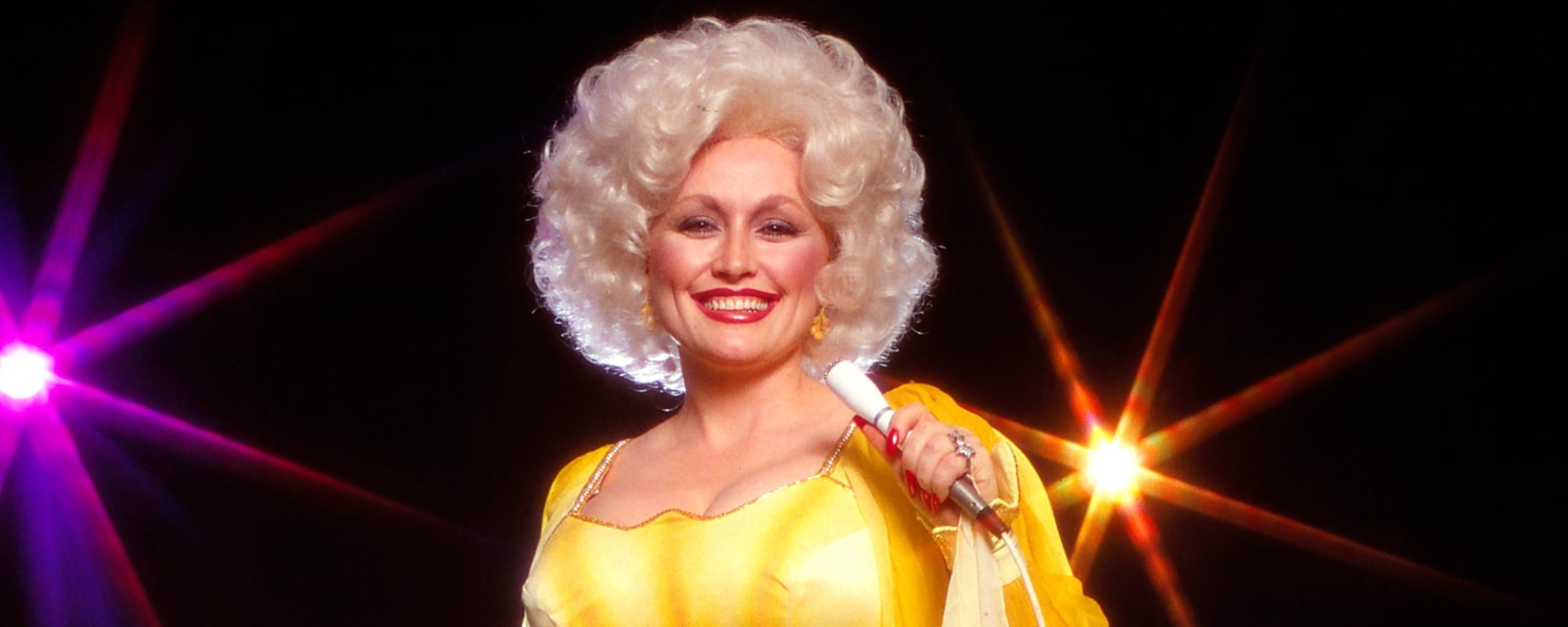

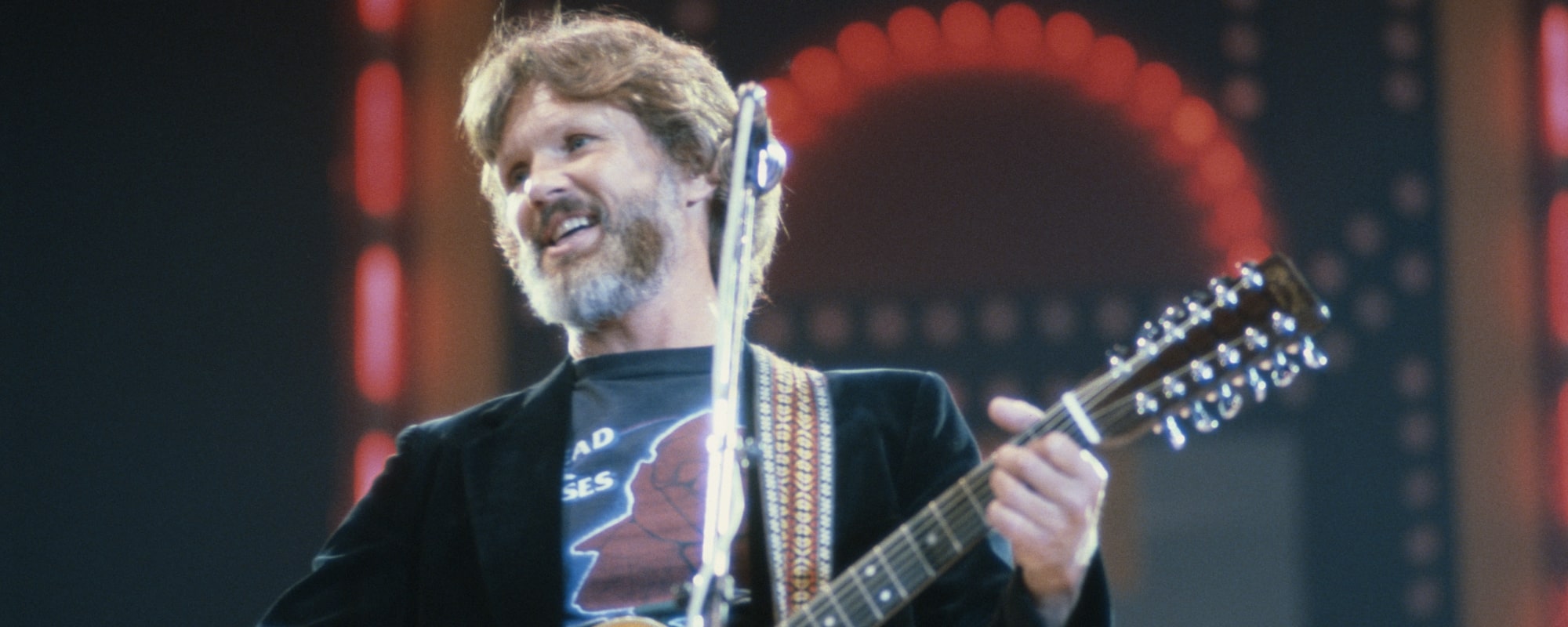
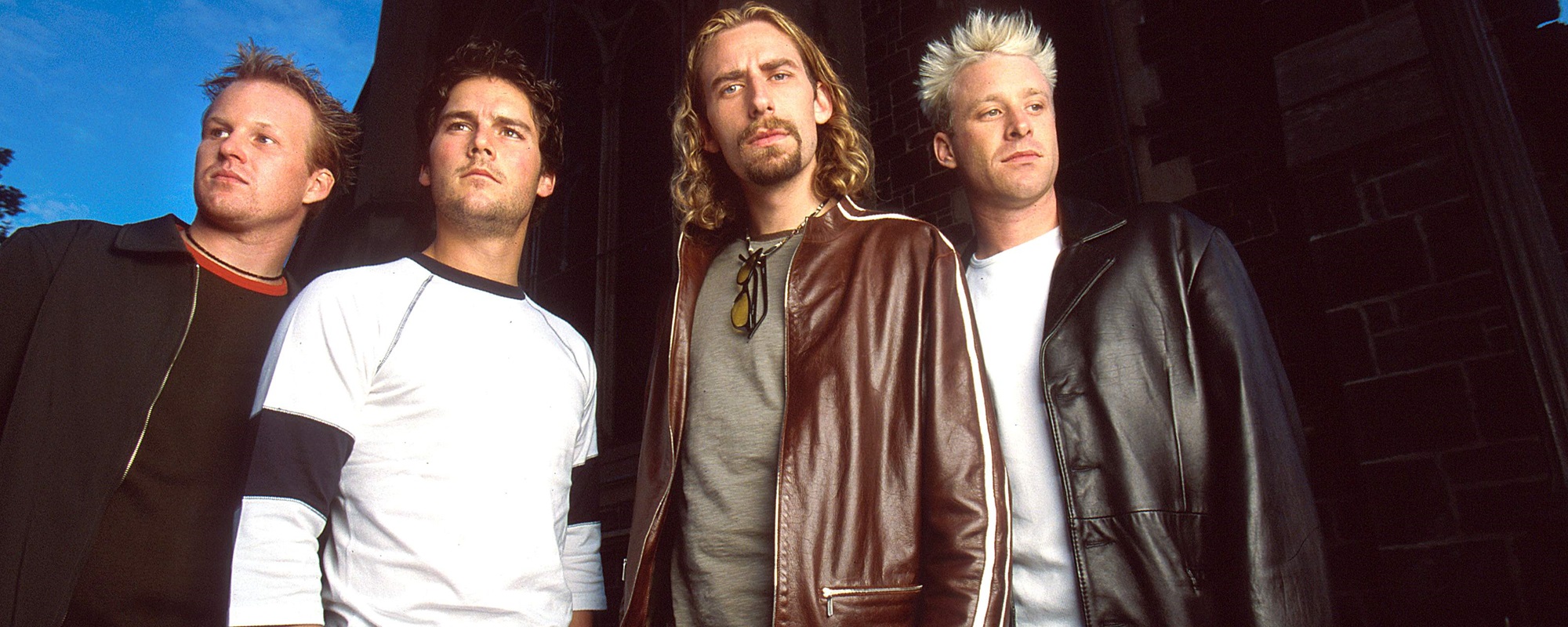
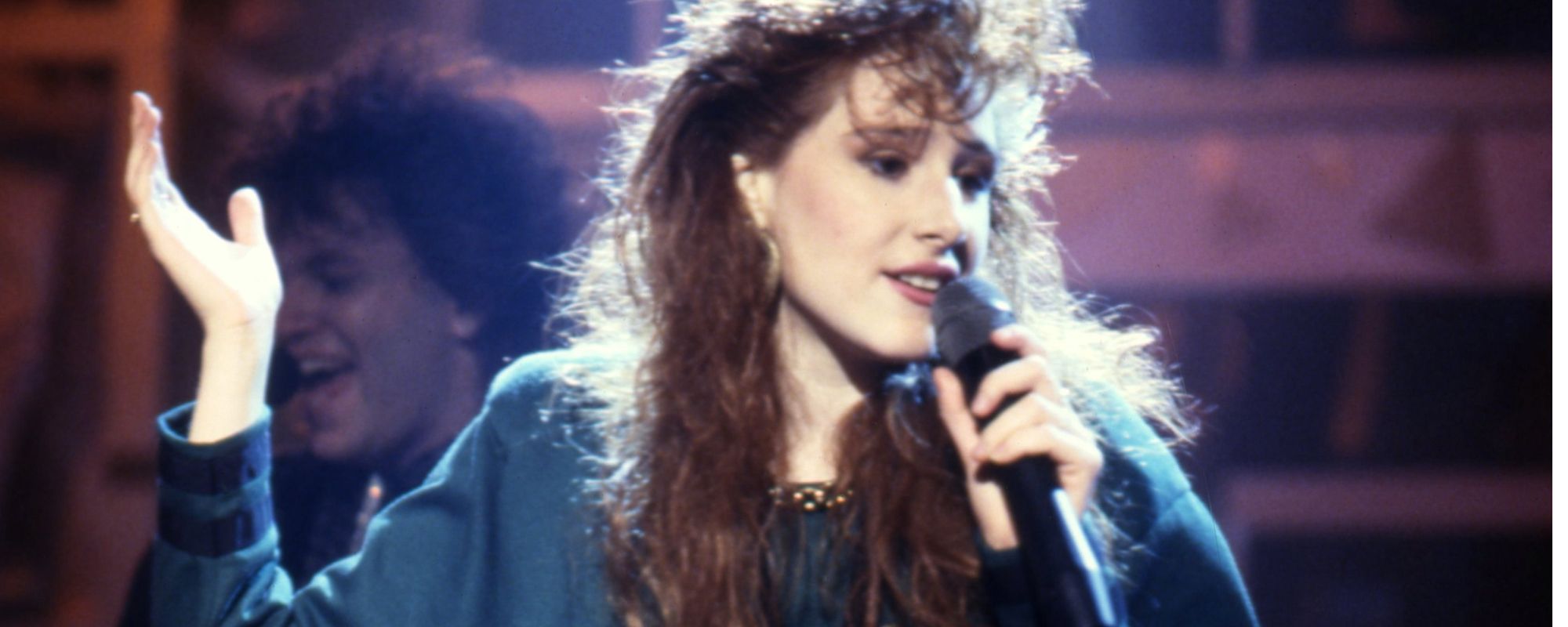


Leave a Reply
Only members can comment. Become a member. Already a member? Log in.